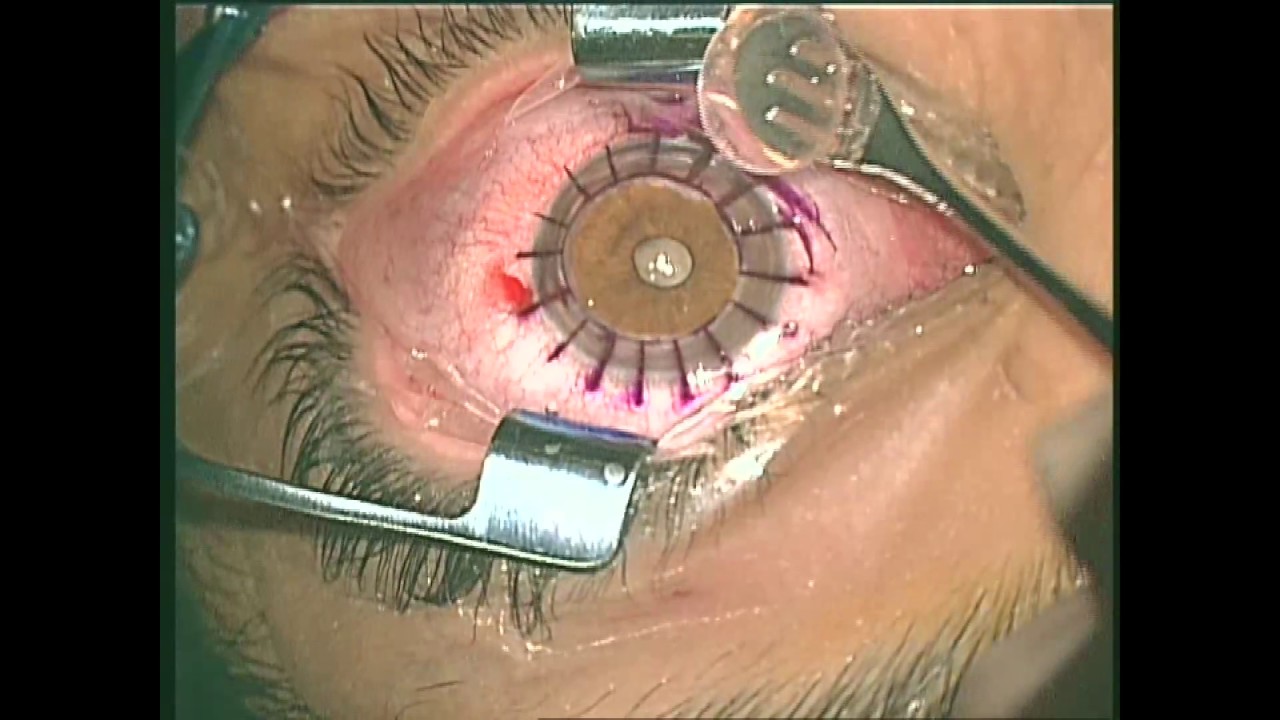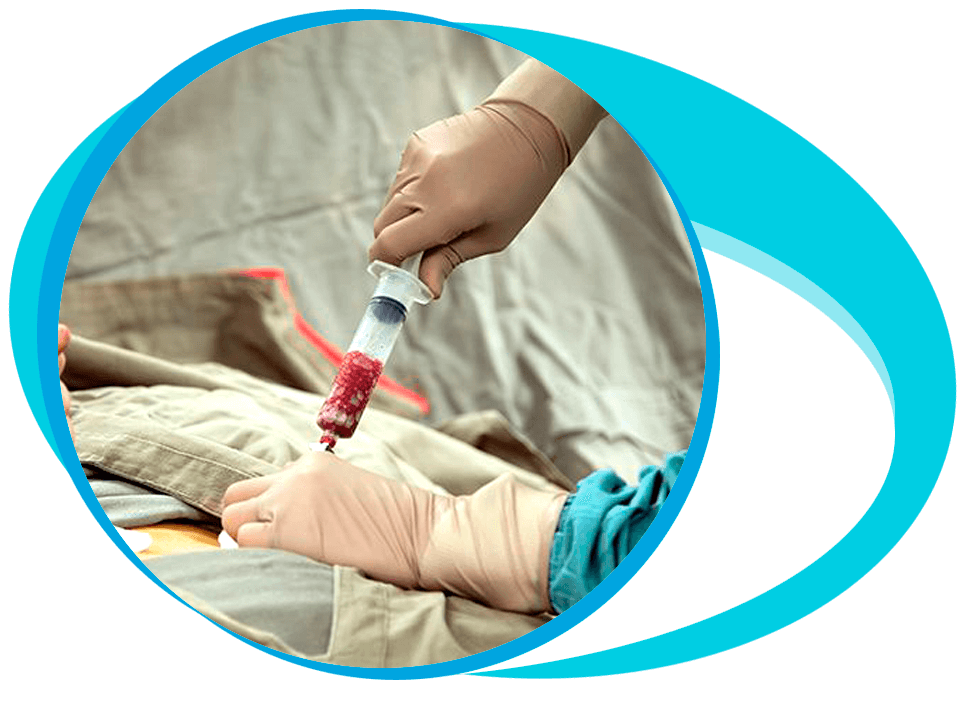Corneal Transplant in Iran Details
What is Corneal Transplant?
Cornea transplant (corneal grafting) is the process by which the donated cornea graft or tissue replace a diseased cornea of the patient.
The surgery can be done in total with penetrating keratoplasty and in part with lamellar keratoplasty.
In this procedure, a clear healthy corneal is placed by removing the diseased opaque cornea to restore the lost sight by permitting the light rays to enter with the help of the clear transplanted cornea.
What is the Cornea?
A clear external covering of the eye which contains the colored pupil and the iris is termed as Cornea.
If there is any damage to the cornea, then it can become swollen and can affect the smoothness and its clarity.
The cornea is a potent refracting surface which is around 2/3rd part of the eye.
It is an essential part of the eye and is required for clear vision.
It becomes a clear window to look through, and its clarity is necessary for good vision.
Diseases of the cornea will lead to loss of transparency, reducing the vision.
The impaired functioning of the cornea can cause injury, genetic diseases, infections, and malnutrition.
The first line treatment comes in the form of medicine, and the cornea transplant becomes a necessity for people losing almost 70% of the vision in one or both the eyes.
Types of Cornea Transplants
- Penetrating (full thickness) Cornea Transplant: This kind of transplant involves transplanting all the layers of the cornea from the donor.
- Lamellar Cornea Transplant: In this, the surgeon only replaces some of the layers of the cornea with the transplant.
Lamellar transplants are the most appropriate transplant when the disease process is limited to only a portion of the cornea.
Indications of a Corneal Transplant?
- Vision cannot be corrected with eyeglasses or contact lenses
- In the case of swelling which cannot be healed by any medications.
- Hereditary corneal failure, such as Fuchs’ Dystrophy
- A steep curving (Keratoconus) of the cornea
- Corneal failure after another eye surgery, such as cataract surgery
- Injury leading to scarring
Procedure for Corneal Transplant
The surgical process of cornea transplant does not require any hospitalization and is performed under general anesthesia.
The tissue is examined thoroughly before donor corneas are used for transplant.
To control the continuous blinking and eye movement, an injection is released into the eyes of the patient.
Many times, a surgeon also uses eye drops to numb the eye.
The surgeon then examines the concerned area to understand the requirement of the size of the donor tissue.
The surgeon first removes a similarly shaped button part of the tissue from the patient’s affected cornea and then places a similarly shaped button from the donor tissue.
This button is then sutured into a proper place.
In the end, the surgeon will cover the patient’s eye with a plastic shield to protect it from being rubbed.
Recovering from a Corneal Transplant
- The total recovery time for a corneal transplant can be up to a year or longer
- For the first several weeks, heavy exercises and lifting are prohibited
- Stitches usually are removed after 3 to 17 months, depending on the health of the patient’s eye and the rate of healing
Corneal Transplant Post-Operative Recovery
- Be careful not to rub or press your eye
- Try to avoid rubbing your eyes
- Try to avoid excessive and hard exercises
- Use the eye drops as prescribed
- Wear eyeglasses for protection
- Before starting to drive first confirm with your doctor
- Call a doctor if you have any questions about home-care instructions
Benefits of Corneal Transplant
- It reduces the pain that is caused by disease or trauma
- A cornea transplant restores a person’s vision
Success Rate of Cornea Transplant
Corneal transplant is regarded as a highly successful organ transplant surgery.
The rate of success depends greatly on the extent and nature of the injury to the eye.
The rate is as high as 89% with Keratoconus, 73% with Fuchs’ Dystrophy and 60-70% with corneal scarring.
Cost of a Corneal Transplant
Iran is one of the regularly visited medical tourism destinations.
Iran is known for its healthcare infrastructure with the latest technology and facilities.
Due to this reason, the cost of corneal transplants in Iran is very affordable as compare to other countries.











